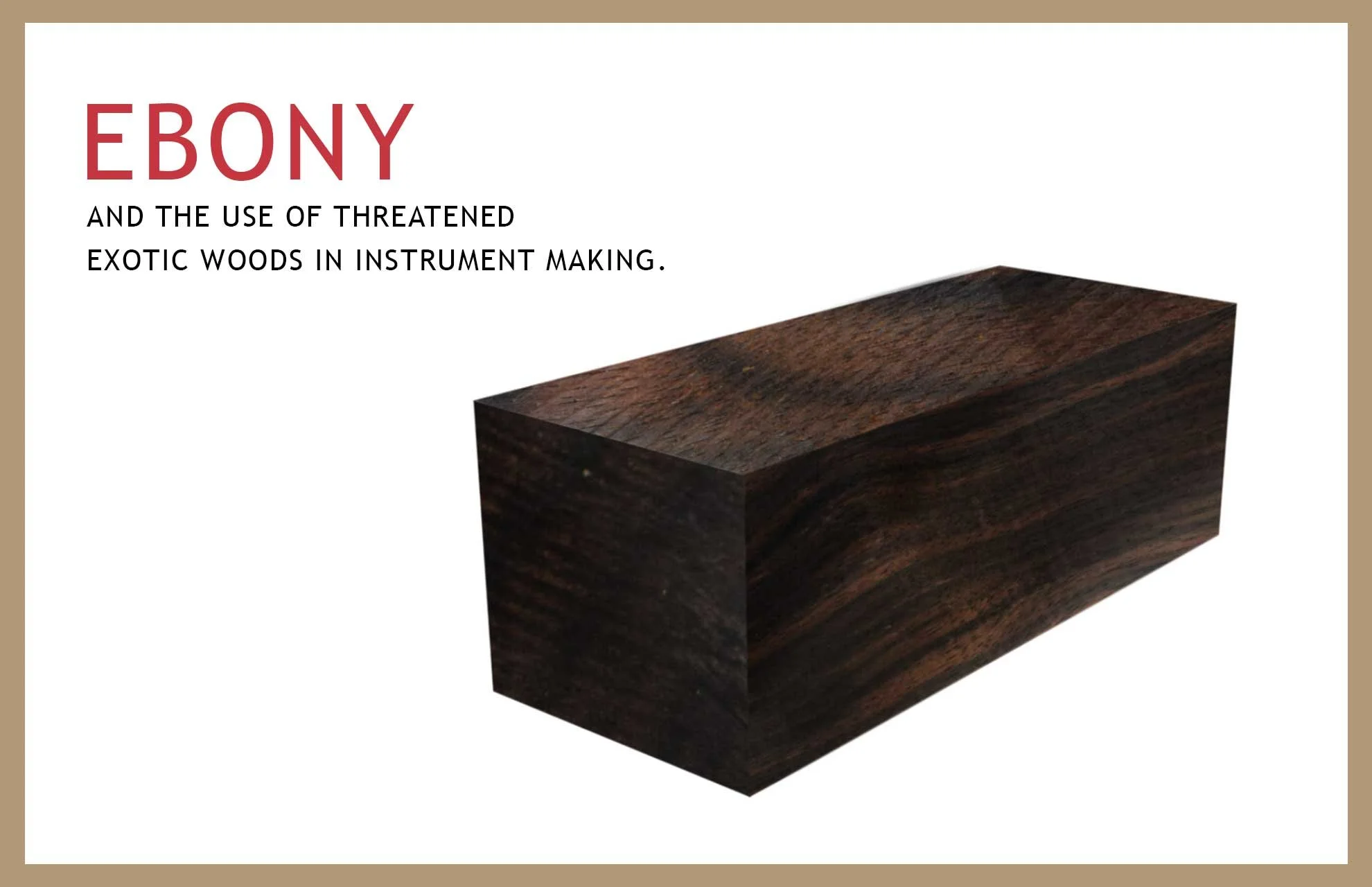INFORMATIVE BLOGS
Art and Music are perhaps the most beautiful part of the human experience; they awaken our spirits and bring joy to the entire planet. It is purely uplifting in its expression of our souls and the very fact that we dedicate such a large portion of our lives to the creation of art or the expression of music that we enhance the human experience. To consider that doing so should bring a negative impact on the other species of our world seems contrary to the very idea of art that it behooves us as creators of instruments and makers of music to consider our impact on the planet in the work that we do.
As we developed the V. Richelieu line of instruments, we wanted to be sure we consider the impact of our instruments on the planet and its precious resources. Over the centuries, critical materials like tortoise, whalebone, and ivory have been replaced by other materials that are not threatened and yet instruments and bows are still made with resources that are considered scarce. Global Warming puts more and more pressure on these resources and we need to be aware, informed, and involved in the active conservation of critical resources to ensure that our music-making activities do not come at an excessive environmental cost.
In a series of blogs, we want to present some of the background on the work we are doing in conservation, some of the background science behind our environmental concerns and actions and leave you with an understanding of how our concerns for our planet informs decisions we make every day at V. Richelieu instruments.
EBONY & INSTRUMENT MAKING
In 1973, Richard Nixon signed the Endangered Species Act that identified for the first time severely threatened flora and fauna that needed government help to protect them from entire extinction.
ENDANGERED SPECIES
Currently, two wood species are used in the violin and bow making trades that are of concern: ebony and Pernambuco. Both were once plentiful!
CLIMATE CHANGE
Climate change stresses species by altering physical habitat (including access to food and water), introducing new pests and diseases, and shifting or limiting species’ ranges, which can in turn introduce competition between different species… you get the picture.



